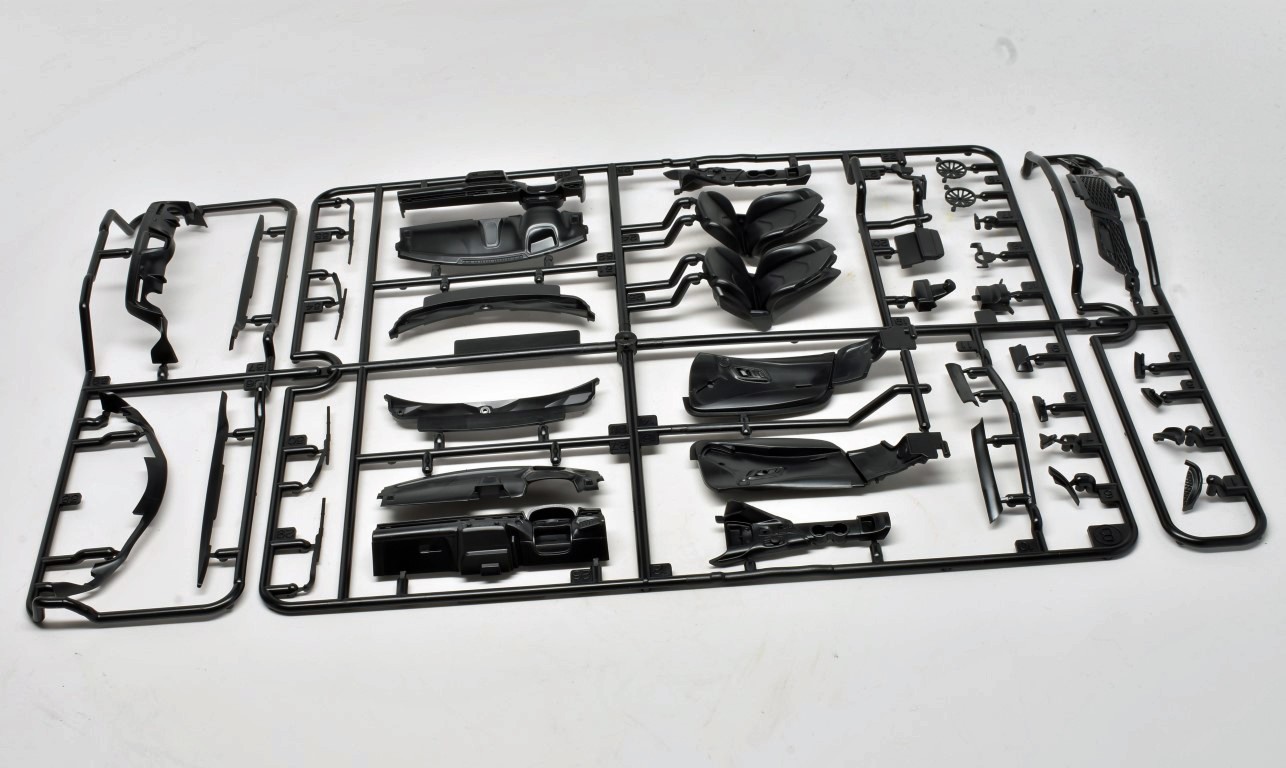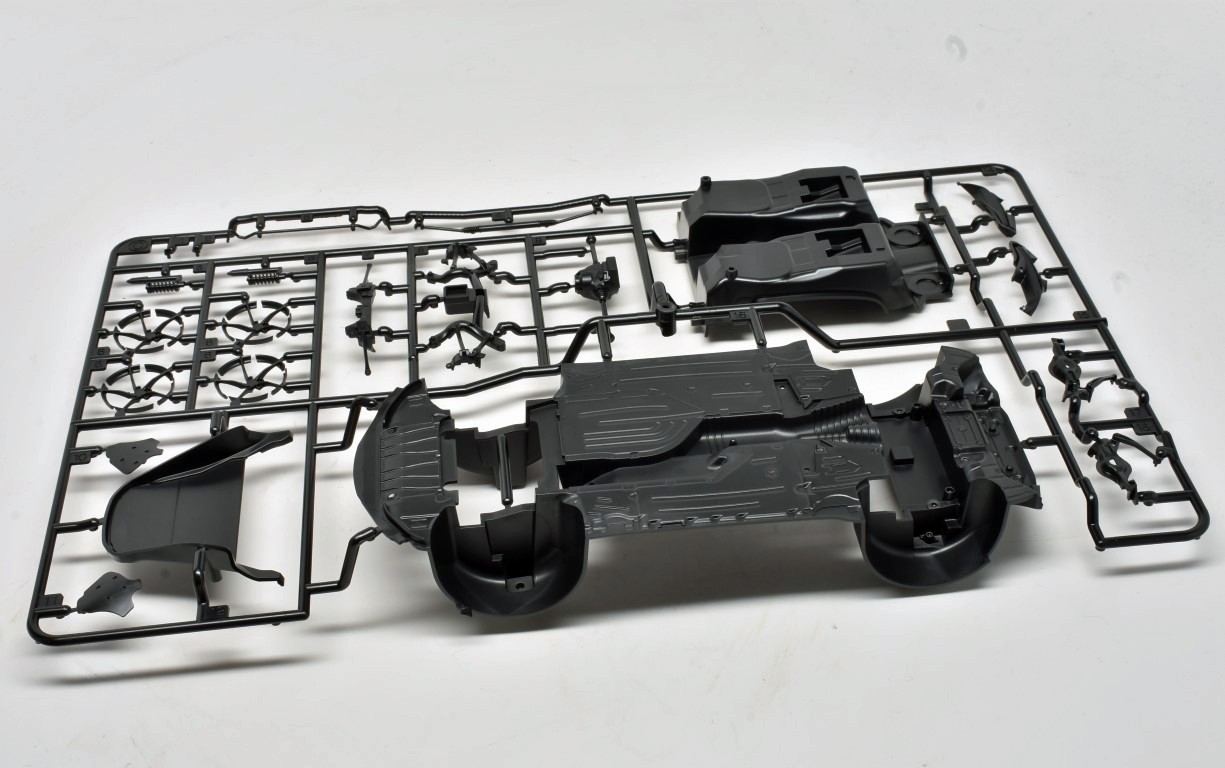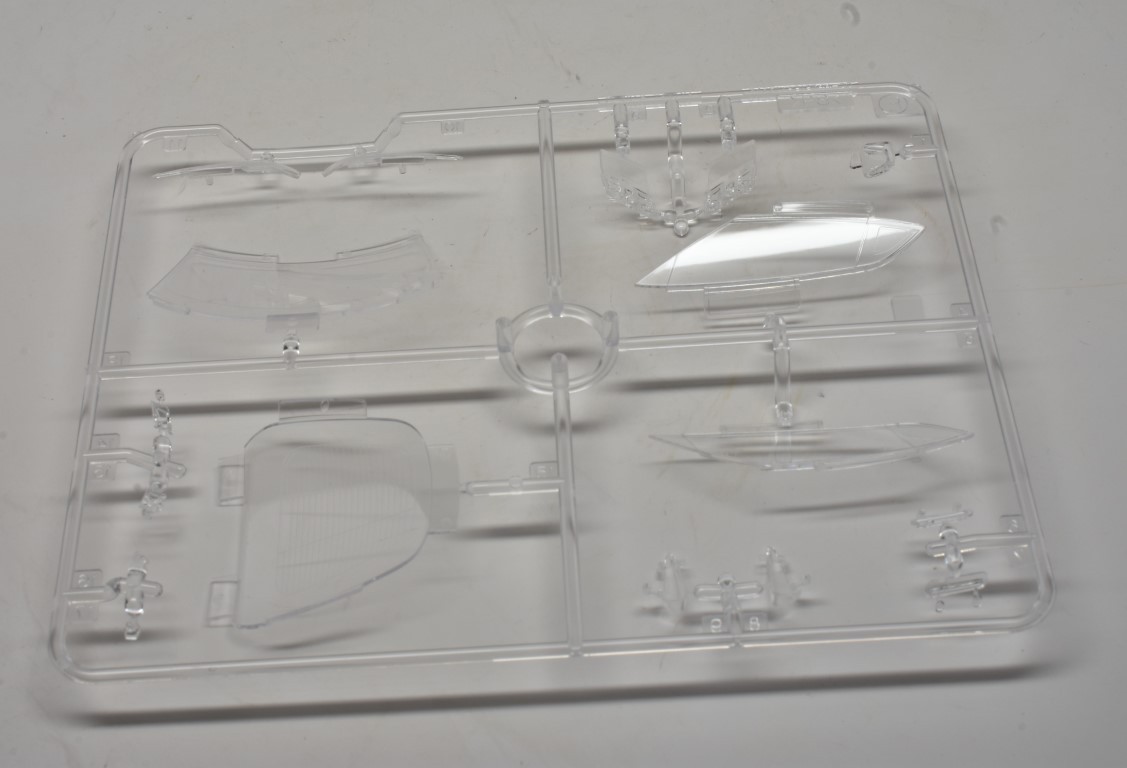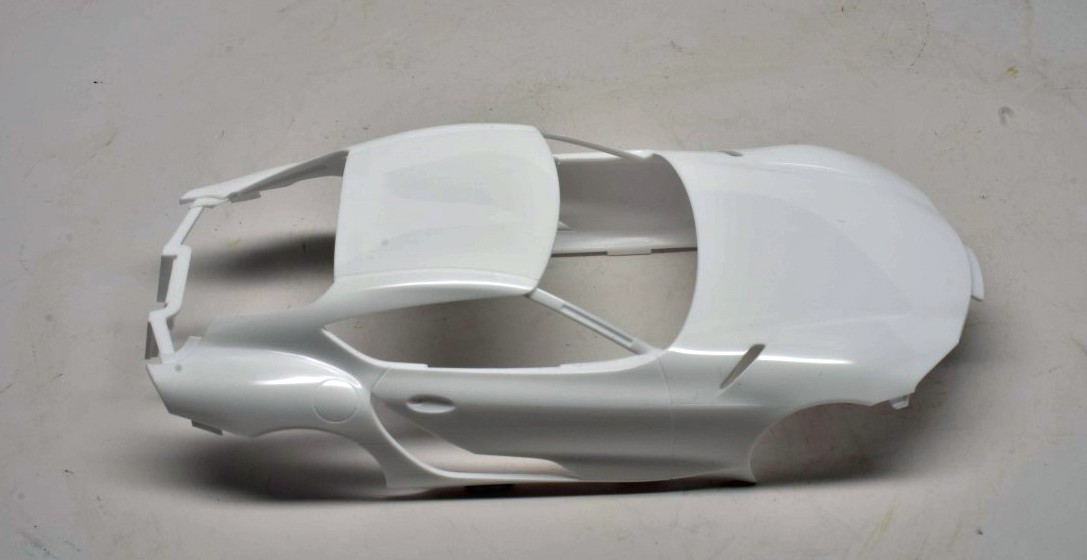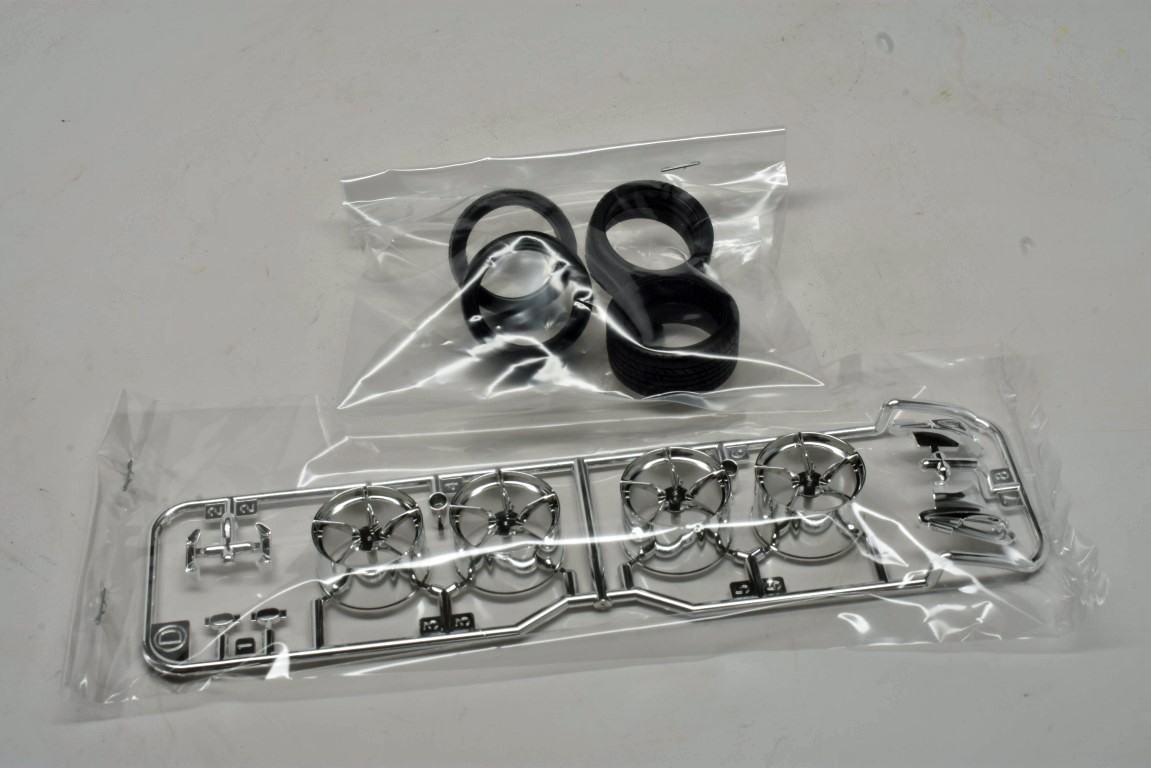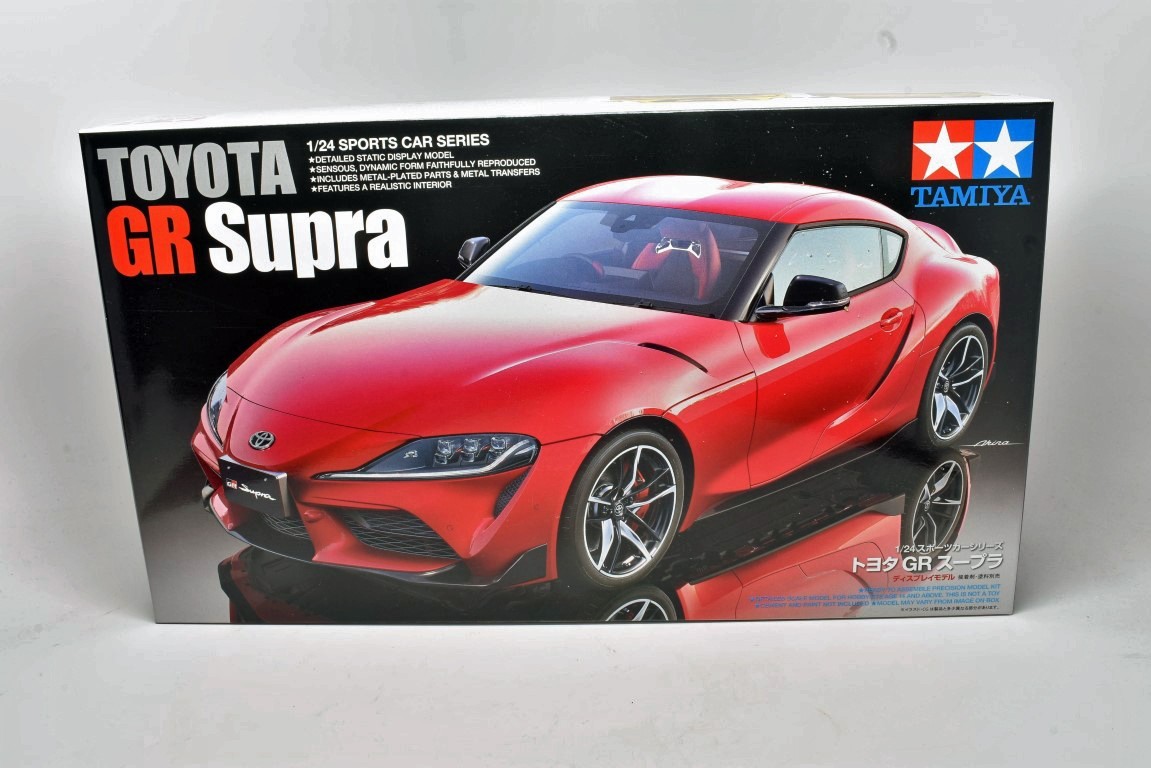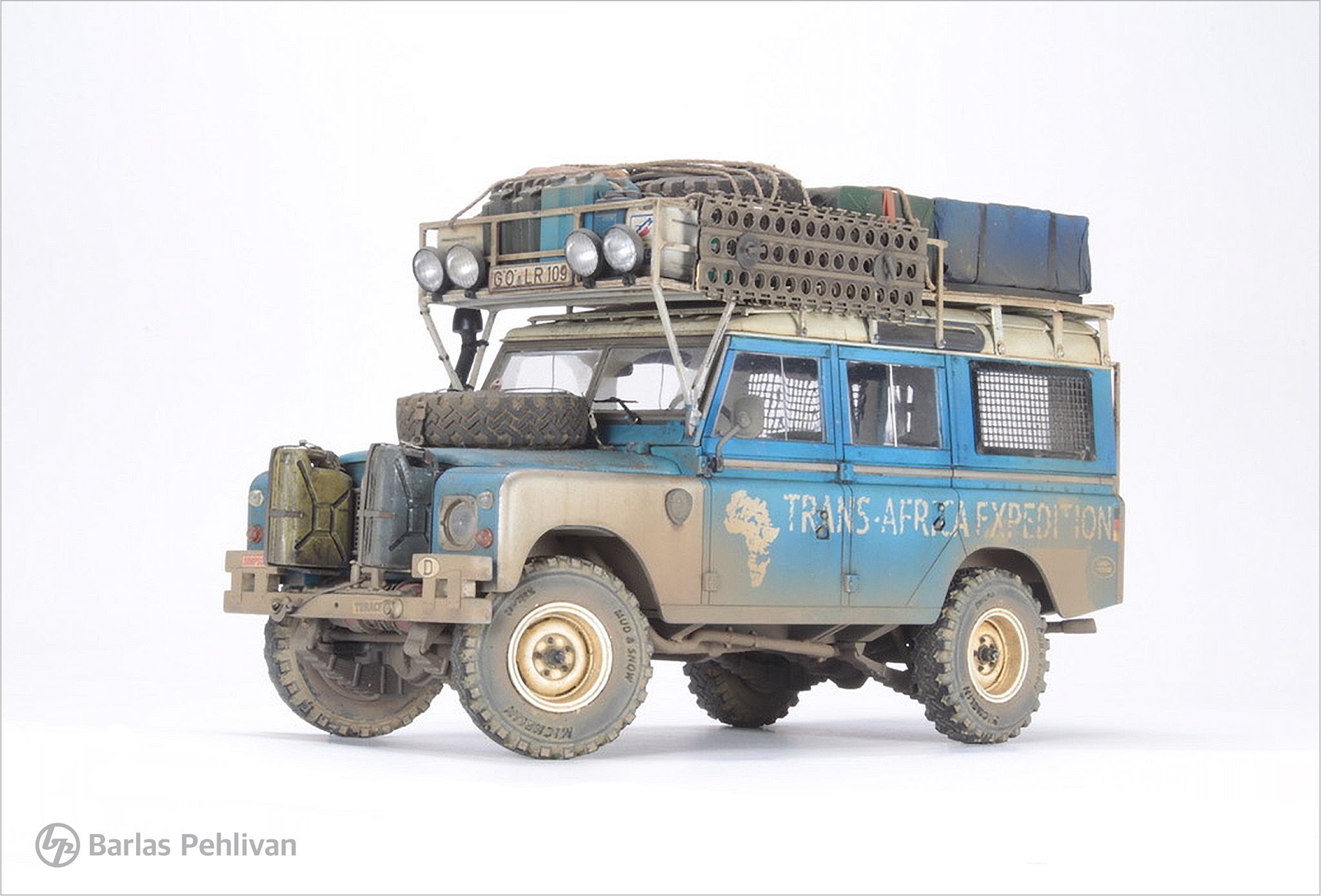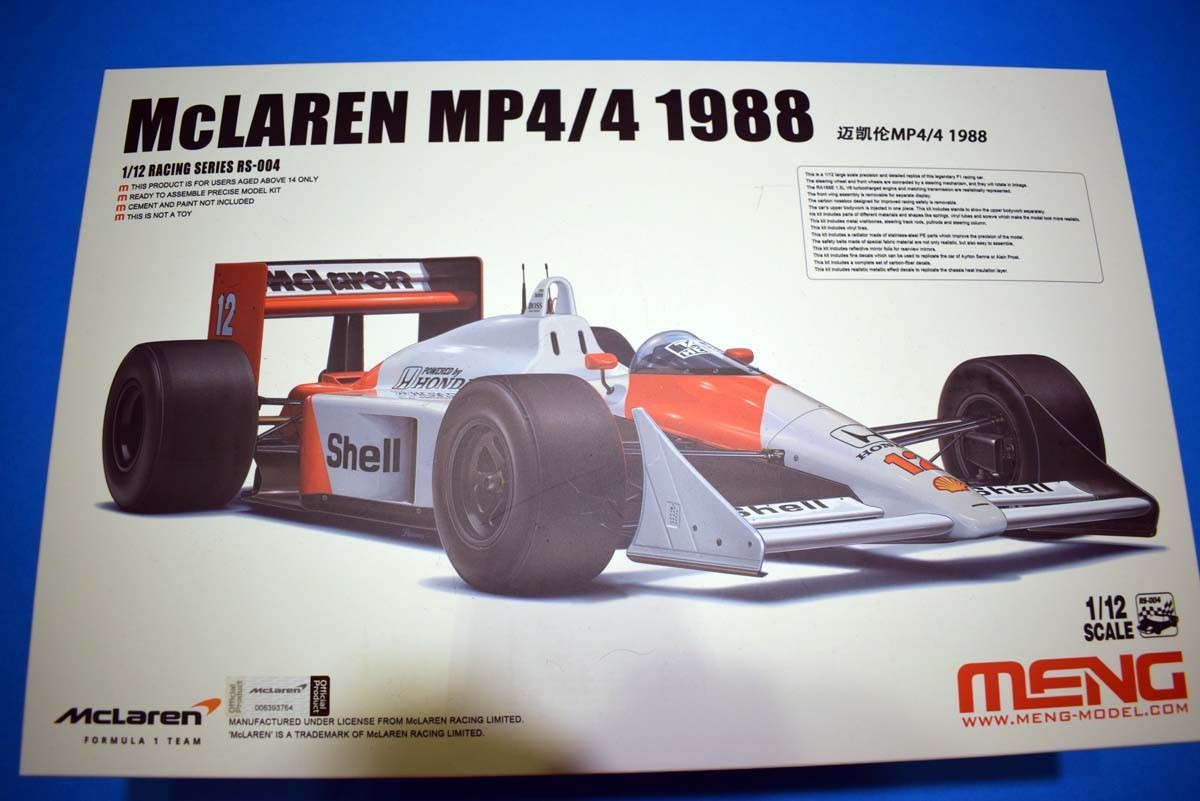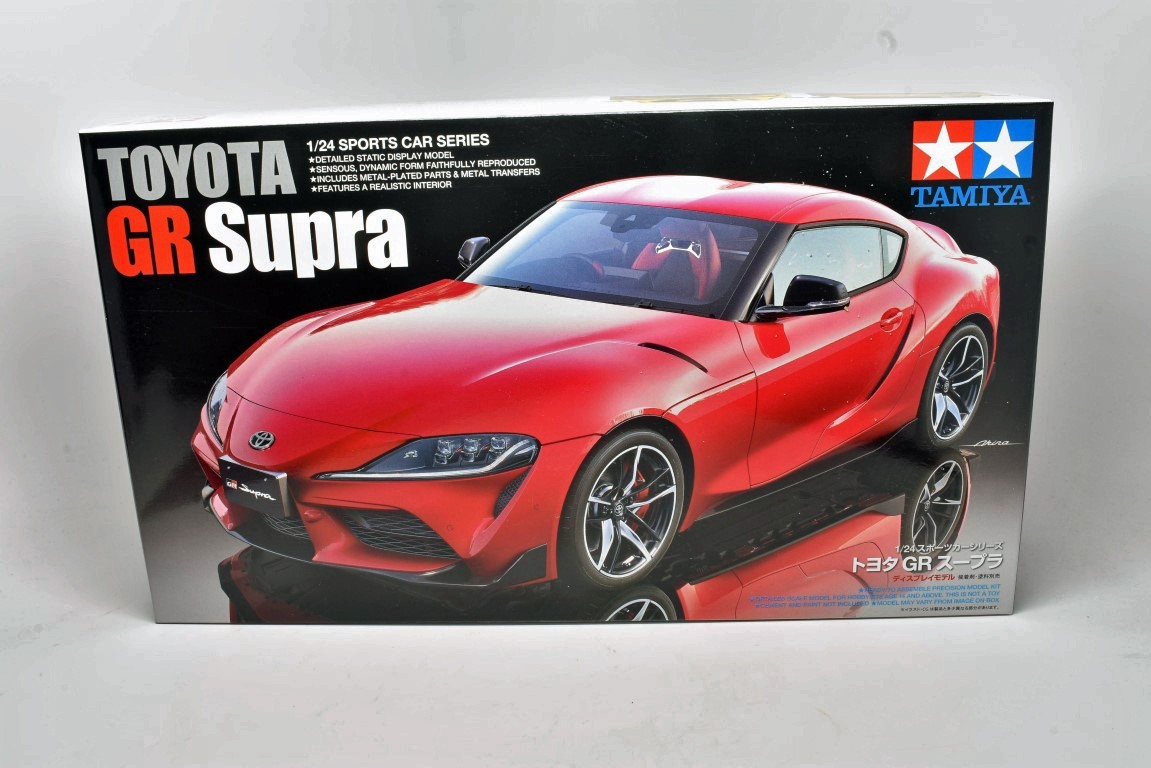
Introduction
The new gen Toyota Supra is one of those cars that people love or hate. It’s distinctive looks with the ‘double bubble’ roof make it as distinctive as they come. The Supra was born in 1978, and came back in this iteration in 2019 after a 12 year absence. I’ve seen them at the dragstrip and they are quite fast with a turbo straight six engine, and their price tag is one most muscle car enthusiasts can afford.
In the box
It’s no surprise that Tamiya has made a model of this car in their 1/24 sport car series. As you can see, the box contents are consistent with other recent offerings. Note that the kit is curbside (no engine). However, the suspension and interior are highly detailed, along with the body.
The first six steps involve the chassis and wheels/tires, and involve a fair amount of detail painting. Several shades of black are predominant in coloring. A few pieces of the chassis are body colored, so you need to make your choice early and remember to paint the chassis as well.
The wheels have dual-color (black and chrome) spokes and Tamiya provides separate pieces for the spokes for ease of painting, a marvellous idea in my book. The tires are their usual nameless wide treads with excellent tread pattern.
Steps 7-12 are for the interior, and you must further choose whether to build an American, European or Japanese spec car. Separate parts for the upper part of the seats make painting and masking easier. Interesting spoked speaker grills are separate parts, as is the paddle shifter. The dash display uses one of the Mylar transfers under a decal to stand out in the dash recess.
Steps 15-26 address the body, with windows and accessories. The main shell is one piece but has separate fascia's, trunk lid, and side vents. Construction of the windows and lights make use of the large tabs Tamiya has used over the past several years in their car kits, vastly simplifying construction and minimizing the chances of marring the finished product with adhesive. Die cut masks made of kabuki tape are provided for the windows, along with full instructions on using them. There is no mesh in this kit, and all grilles and vents are molded in solid plastic. The CHMSL and rearview mirror get interesting treatments here. The headlights also vary by version.
Step 27 joins the body to the chassis/interior and the remaining instructions finish details such as mirrors and exhaust tips.
Overall, the layout is pretty typical of most modern Tamiya car kits, and having built many of them I’m looking forward to an enjoyable build and a spectacular result. If the LP paints are released by the time I build this, I’m going to give them a try. If you’ve not built a Tamiya car kit, or built one recently, give it a go! Their builds have a particular zen to them and will give a builder of average or better skills a result he or she will be proud of.
Pros: Separate parts for wheel and interior parts for ease of painting.
Cons: No engine
90%.
Please remember, when contacting retailers or manufacturers, to mention that you saw their products highlighted here - on AUTO MODELER

